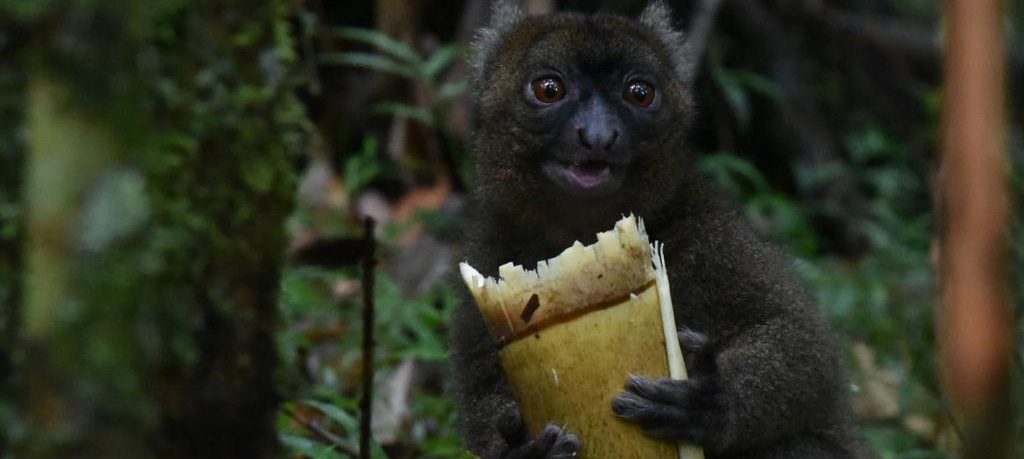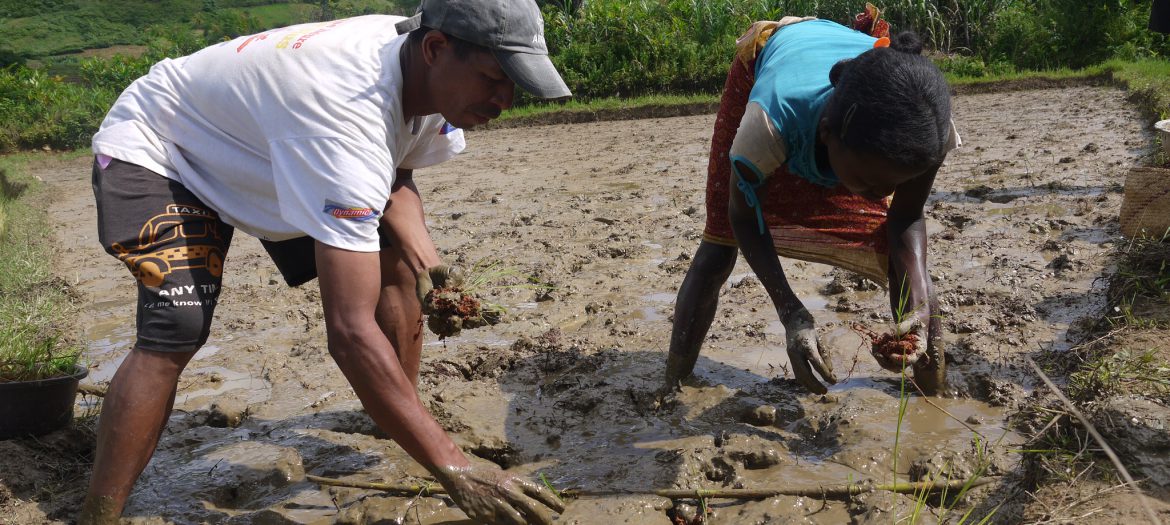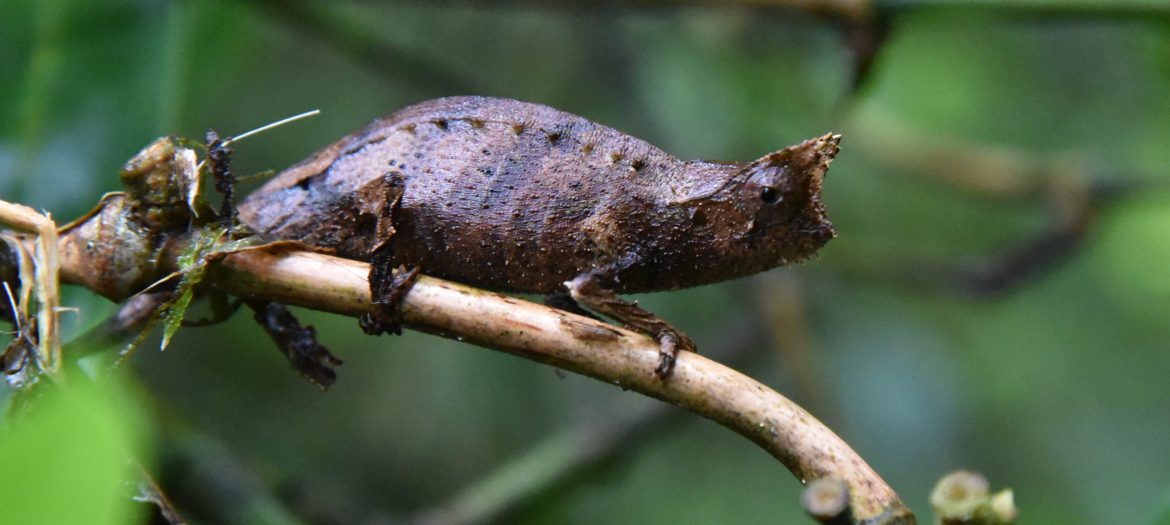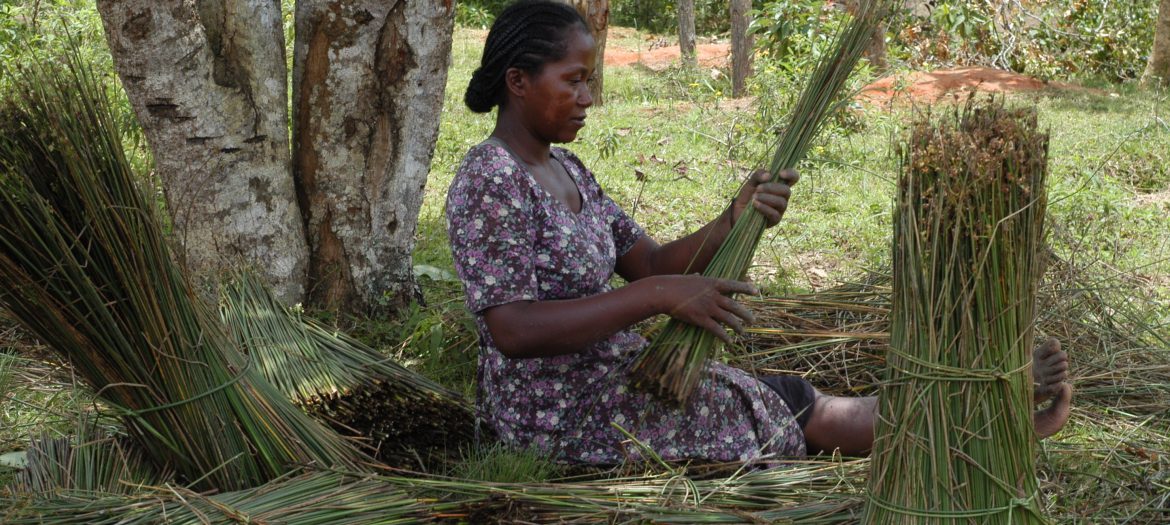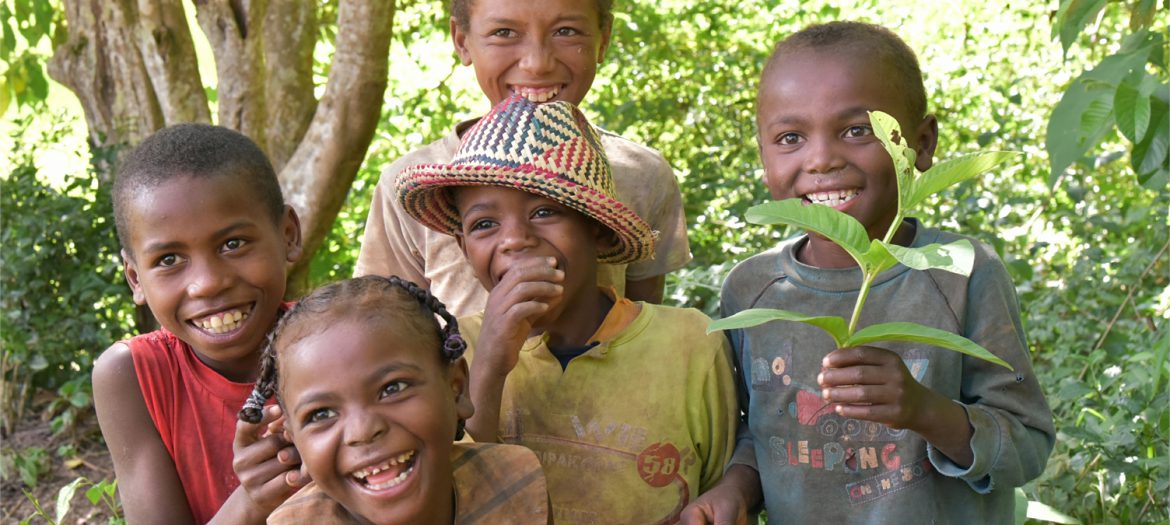
The inhabitants of the forest corridor COFAV and of the tapia forest of Amoron’i Mania are the principal partners and the primary beneficiaries of the projects organized by Ny Tanintsika to promote the sustainable management of Madagascar’s natural forests. These farmers, loggers and craftsmen are totally dependent on these forest areas to meet their daily needs and those of their families. However, the practice of Tavy (slash and burn shifting cultivation on barricades), bush fires, shifting flocks or wild deforestation for firewood, greatly threaten the forest and its renewal. Due to several factors, including a lack of resources, the extent of poverty and illiteracy, natural resource management is no longer very effective. In order to empower local communities and involve them in the conservation and management of their forest resources, the State services have operated ‘transfer of management’ as a contractual approach.
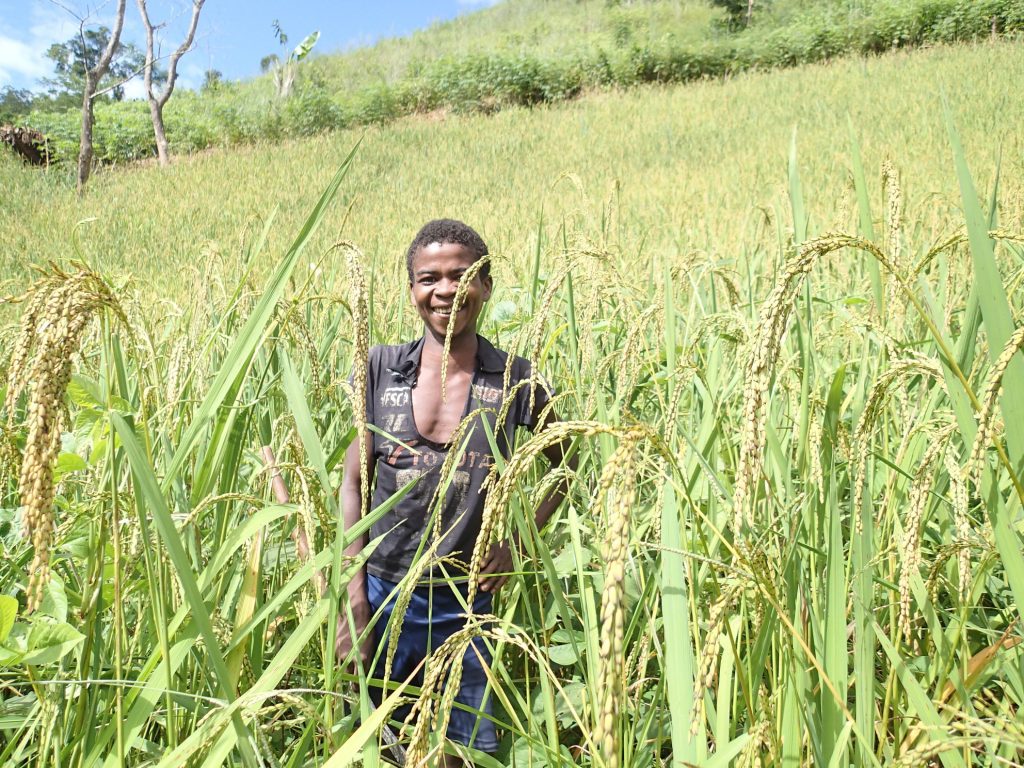
In light of this situation, it is therefore urgent that we answer the question of how to meet the immediate needs of the current population to ensure their survival whilst preserving resources for future generations. In 2013, Ny Tanintsika, in collaboration with Feedback Madagascar, KMCC (Kew Madagascar Conservation Centre) and SNGF (Silo National des Graines Forestières) has set up a project to promote agro-forestry with the aim of protecting the forest as well as increasing agricultural production.
Ny Tanintsika has introduced agroforestry techniques to the forest’s riverine communities, with the aim of restoring the soil, reducing its erosion and improving the agrarian potential of cultivated areas. We have been working on this project since 2013 with 20 local community associations (‘COBA’) on the COFAV (in the Tolongoina, Ambinanitromby, Ikongo, Ankarimbelo, Antodinga, Ambolomadinika and Kalafotsy communities in Ikongo district and the Miarinarivo community in the Ambalavao district), and 10 COBA in the Itremo community, in the Ambatofinandrahana district. Approximately 3,000 households benefit from the project.
A range of strategies have been used to carry out this project:
- The recruitment and training of two community nursery gardeners by the Community-based forest management association;
- The establishment and tra




